Everything you need to know about getting a VR headset
Virtual reality is still waiting for its big mainstream break, but VR devices are already on the list of must-have gadgets for serious gamers.
With the number of in-home VR headsets continuing to grow, picking the right one for your favorite gamer can be a confusing mess. From Facebook’s (FB) Oculus to Sony’s (SNE) PlayStation VR and Microsoft’s (MSFT) new Windows Mixed Reality headsets, there are plenty of options to choose from.
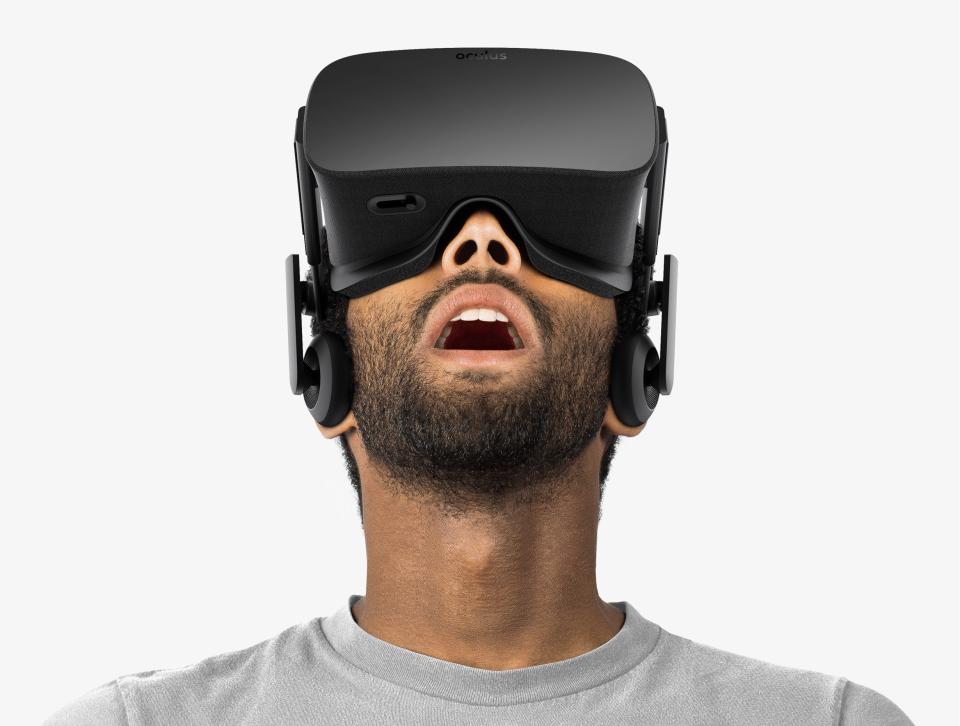
To help you understand which one is best for your particular gamer, I’m breaking down the pros and cons of each headset and the best games for each.
Let’s get to it.
Oculus Rift
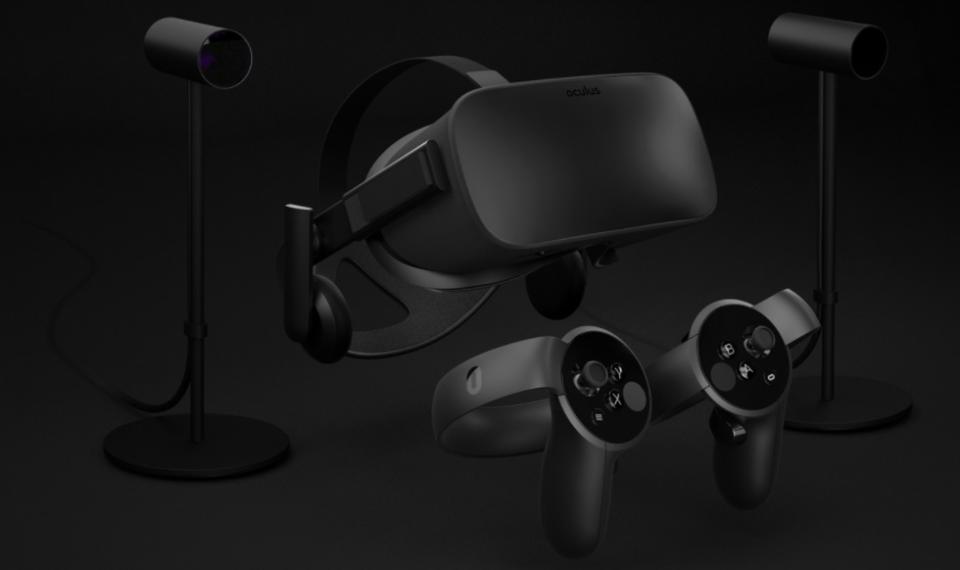
Update: The original price listed for the Oculus Rift was for its Black Friday deal. The price is back to $399.
Let’s start with the headset that helped kick off the current virtual reality craze: Facebook’s Oculus Rift. Since its debut in 2016, the Rift’s price has dropped from $600 ($880 with touch controllers and a third tracking sensor) to $399 for the headset, two touch controllers and two sensors. You can also grab a third sensor for $60 for larger room-scale tracking that translates your movements in the real world to the virtual space.
To use the Rift, you’ll need a pretty powerful PC. So don’t expect your gamer to use this thing with their work laptop — they’ll need a computer with a dedicated graphics chip. There are Oculus-ready PCs available for as low as $600, but that puts the price for the entire setup at $1059.
That also doesn’t guarantee you’ll be able to play games at their best settings, as system requirements will vary from title to title.
Speaking of titles, the Rift not only supports Oculus-powered games, but can also be set up to handle SteamVR titles from Valve’s popular Steam service as well — albeit through a quick settings adjustment.
The Rift is a comfortable headset and relatively easy to set up as its sensors can be placed on a table in front of and behind you. Still, it packs a lot of wires that are easy to trip over.
It’s also worth pointing out that Facebook will be releasing a wireless VR headset in 2018 called the Oculus Go for $199. However, that system won’t be able to handle the kind of hardcore games a PC-powered headset like the Rift can.
The Rift’s display offers a resolution of 1200 x 1080 pixels per eye, a refresh rate of 90hz and a 110-degree field of view. That means images look sharp, but not as clear as a 1080p TV.
HTC Vive
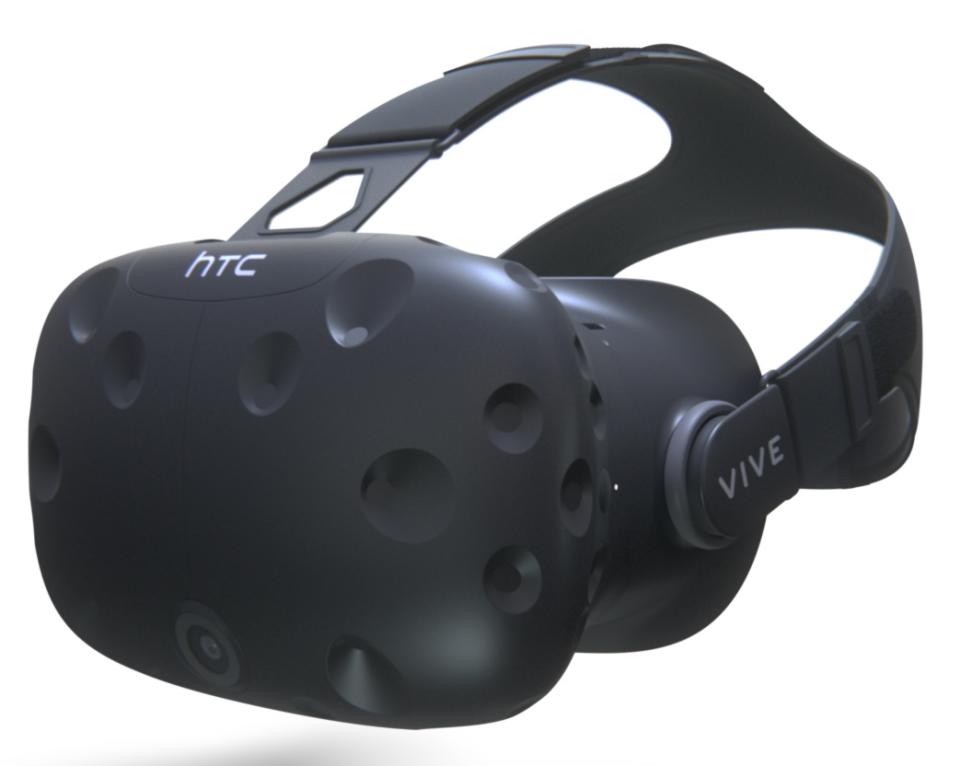
The HTC Vive was the first virtual reality system that really blew me away thanks to its massive room-scale technology. Unlike the Rift, which lets you operate in an 8-foot by 8-foot space, the Vive lets you play in a huge 15-foot by 15-foot area. The Rift also includes all of the equipment needed for true room-scale VR out of the box, though it’s also priced higher than the Rift at $599.
The Vive is also, well, let’s say “challenging” to set up. While the Rift lets you place its three sensors on tables around your room, the Vive requires that you mount its two sensors either on your walls or using tall tripods. It’s a pain to say the least.
But being able to walk around such a large area in VR is a joy. Unfortunately, like the Rift, the Vive has an attached wire that you can easily trip over if you’re not careful enough. Of course, you can also use the Vive while sitting down if you don’t want to walk around, but that’s the system’s biggest selling point.
As far as games go, the Vive was created alongside gaming giant Valve, which runs the Steam and SteamVR stores, so you’ll get access to the entire SteamVR games library. You can also connect to the Oculus store, but that requires some technical knowhow.
The Vive also has a higher minimum spec requirement for your PC, so you’ll end up paying more for the required computer if you don’t have one already.
Like the Rift, the Vive offers a resolution of 1200 x 1080 pixels per eye, a refresh rate of 90Hz and a 110-degree field of view. That means both provide relatively clear visuals, though not as sharp as your 1080p TV.
Sony PlayStation VR
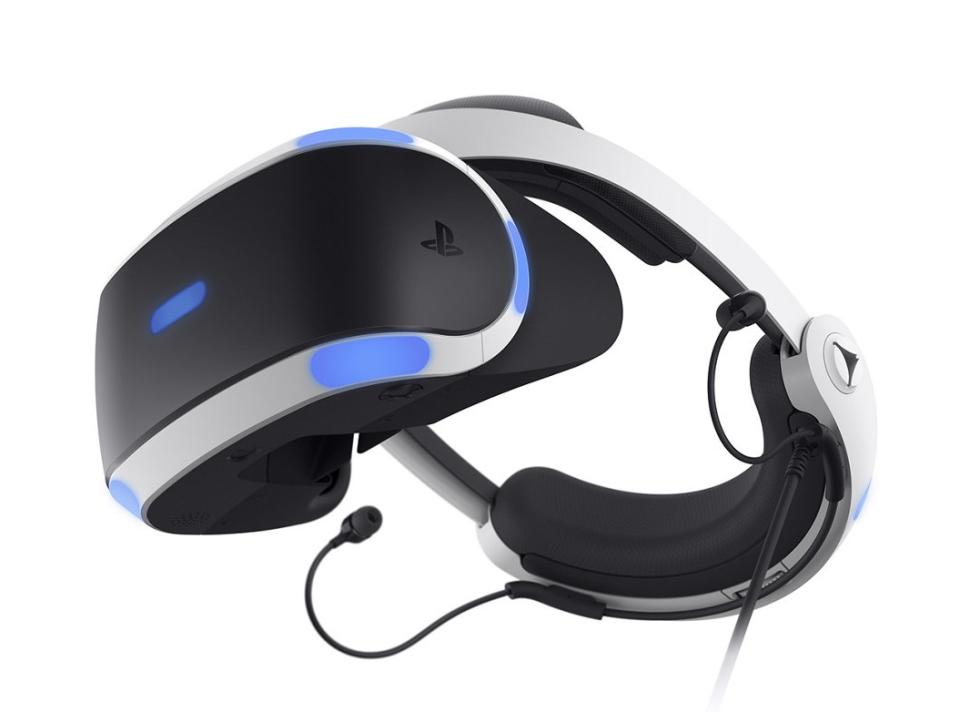
This is one of the more accessible headsets out there. Rather than a PC, the system works with a PlayStation 4 console, which you can now purchase for $199. The headset itself sells for $299, but that’s not really what most people will pay. That’s because you’ll need a PlayStation Camera to take advantage of the headset. To get that you’ll need to opt for the camera and headset bundle for $399.
Want to use Sony’s motion controllers? Then you’ll need to get them as part of the full VR bundle for $449. So yeah, it’s not exactly consumer friendly. Still, at $648, it’s less expensive than buying the Rift or Vive and a separate PC.
The PSVR also benefits from having big-name console games like “Resident Evil 7” and “Gran Turismo Sport” attached to it. That said, the PSVR’s library can’t match the sheer number of games available through SteamVR.
The PSVR’s headset is also less advanced than the Rift or the Vive. The system relies on a single camera that tracks lights attached to your headset and motion controllers. Turn around in game and have your controllers facing away from that camera, though, and they’ll disappear since the camera can’t see them.
The PSVR has a resolution of 1080 x 960 per eye and a refresh rate of either 120Hz or 90Hz. In other words, the PSVR’s image won’t be as sharp as the Rift’s or Vive’s, which means you’ll see more pixels. That can be a problem for games with finer details.
Microsoft Mixed Reality
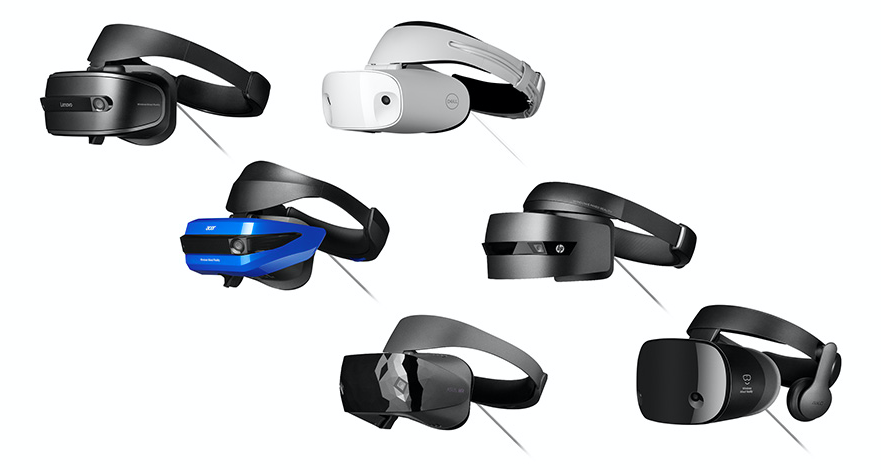
Microsoft’s Windows Mixed Reality is a free piece of software for its Windows 10. So if you’ve got Windows 10, and you’ve downloaded the latest updates, you’ve got WMR. But Microsoft doesn’t sell mixed reality headsets. It just provides the software that powers them. Instead, you purchase headsets from a variety of companies including Acer, Dell, HP, Lenovo and Samsung.
The headsets range from $399 to $499 (I’ve played with a variety of all them), and include motion controllers. The headsets, however, don’t require external sensors; instead, they use their own internal sensors to help you navigate your virtual world. It’s a far simpler setup than the Rift, Vive or PSVR and includes a single wire to your computer.
Speaking of which, Microsoft’s offering is designed specifically to work across a slew of computers, ranging from $600 PCs with integrated graphics chips to $10,000 monster machines with fans the size of airplane propellers and graphics cards large enough to crush a bull elephant.
As far as games go, WMR has access to the Microsoft Store where you can download Windows-specific apps VR apps like “Halo Recruit,” a kind of teaser for potential future “Halo” titles. What’s more, WMR connects to Valve’s SteamVR, so you’ll have access to the service’s entire games library.
In terms of specs, WMR headsets have a resolution of 1440 x 1440 per eye, with the Samsung HMD Odyssey offering slightly higher 1440 x 1600 pixels per eye, and a field of view of between 105 and 110 degrees. That means WMR headsets will look sharper than the Rift, Vive and PSVR.
Special mentions
The Rift, Vive, PSVR and Windows Mixed Reality headsets aren’t the only VR offerings out there. It’s important to note that Samsung’s Gear VR ($128) and Google’s (GOOG, GOOGL) DayDream View ($99) let you experience VR content using your smartphone. But you’re not going to get nearly the same level of capabilities with those as you would a standalone VR set.
Still, if you’re looking for VR on the cheap, they’re a good avenue to explore.
Now get out there, grab a headset, and explore new worlds from the comfort of your living room.
More from Dan:
‘Resident Evil Revelations Collection’ review: Fear the past
Microsoft Xbox One X review: A beast of a console at a steep price
‘Wolfenstein II’ review: Great fun if you’re into punching Nazis
‘Super Mario Odyssey’ review: Nintendo tips its cap to the past
Email Daniel at dhowley@yahoo-inc.com; follow him on Twitter at @DanielHowley.


